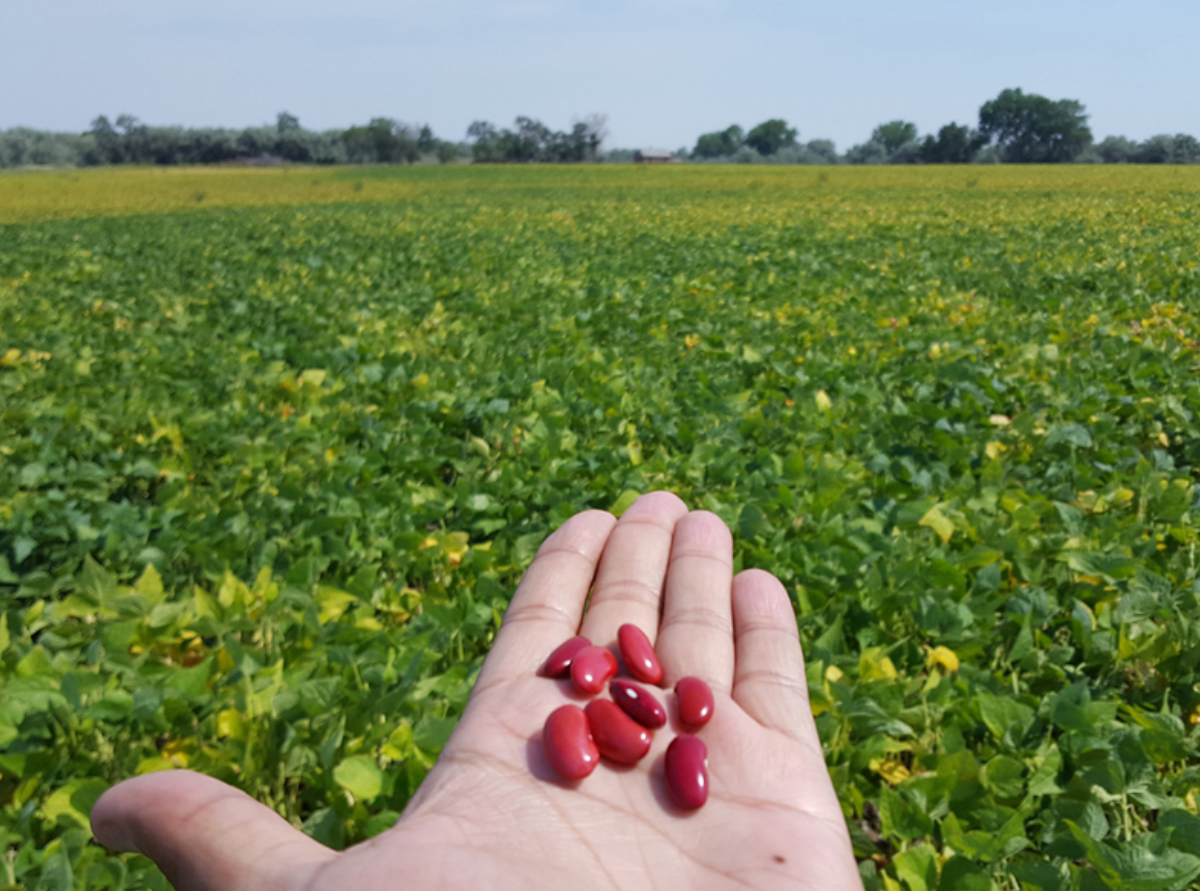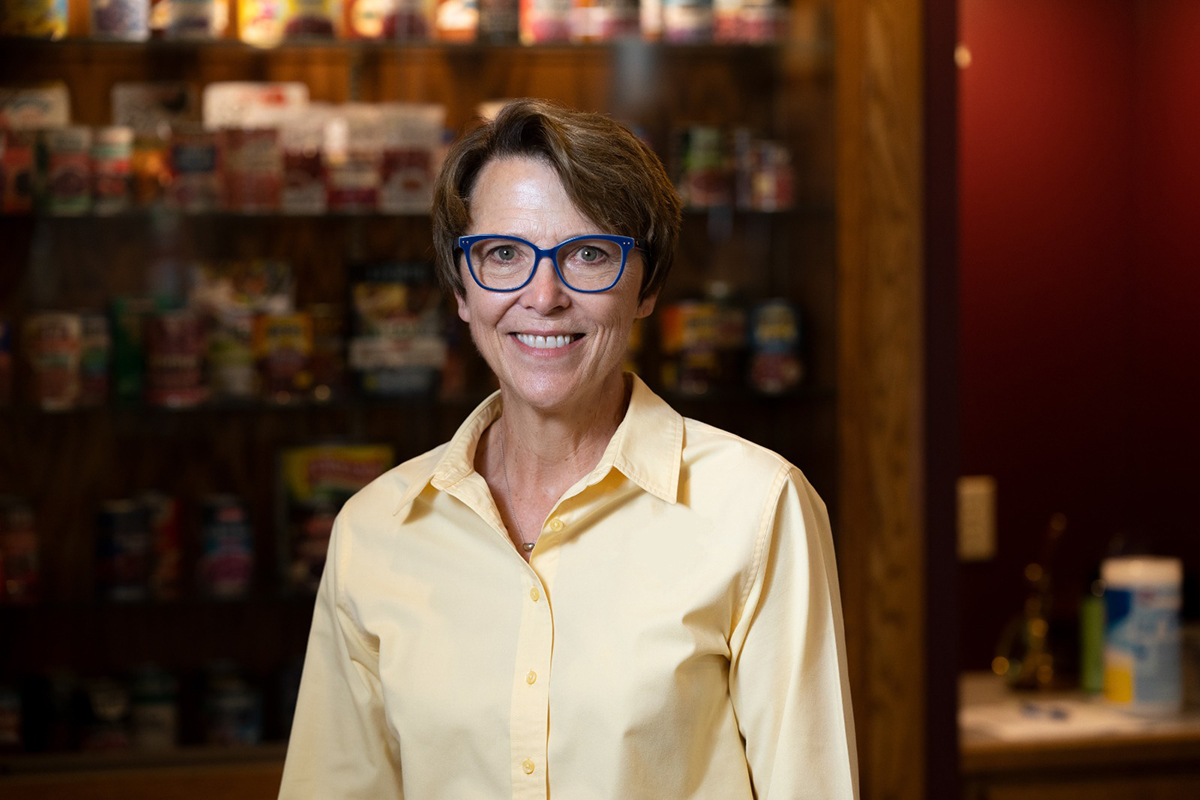June 21, 2022
Across partnerships with the Universtity of Wisconsin, Chippewa Valley Bean is collaborating on research into how to grow more beans and grow them more sustainably. Through the valuable insights gained, company President Cindy Brown reflects on what it takes to move agriculture into the future. Kira Nash reports.


Source: Crop Science Society of America
Our plant-based future is accelerating, and industry members are increasingly partnering with science and academia to work to find solutions to some of agriculture’s problems. Chippewa Valley Bean has joined forces with the University of Wisconsin on two separate projects to look at how they can use data science and mathematics to help farmers grow more red kidney beans and grow them in a better, more sustainable way.
The first project is in collaboration with the University of Wisconsin-Stout. Known officially as “Predicting Crop per Drop in Sandy Soils”, it will allow Chippewa Valley Bean and UW-Stout to analyze the precise water requirements of red kidney beans on Wisconsin’s unique soils. Researchers are hoping that the results of the study will enable the development of a set of equations that could be used as the foundation for a new piece of software. This software, which would be available on a basic laptop, would allow agronomists to input moisture-testing results on-site and immediately determine the perfect amount of water for high yields in any given location. With water becoming an ever-more precious resource, these data could be life-changing for some growers.>
Ideally, the research will enlighten researchers and growers alike as to the inches of water required for every 100-weight of kidney beans. There’s also a hope that the results will share insight into the implications of irrigation: when it’s necessary and the sensitivity of kidney beans to the duration of the window of appropriate irrigation time. If successful, the research will be of significant benefit not only to local growers, but to anyone working in a similar environment, and of course the principles of the project could be extended to other crops and soil types.
“Every era needs to develop things more,” says Brown, referring to the enormous shifts in agriculture over the past hundred years. Her family has farmed for generations and things are very different to what they were even in her father’s time. Agriculture has moved into using artificial fertilizers and mono-cropping has become the norm.
From developing better irrigation tools to breeding resistant seeds to increasing a crop’s protein content and ability to fix nitrogen, Brown sees the future as one full of possibilities to grow a better world. When she spoke of the next steps for the pulses industry and of young people who are beginning their careers in agriculture, she indicates that it’s time for the next generation to have the courage to do things differently, change some of the old ways of doing things and try something new. In doing so, they’d undoubtedly be following in her footsteps.

Cindy Brown
Chippewa Valley is also working with the University of Wisconsin-Madison in looking at residual levels of nitrogen that remain in the soil following a four-year rotation of vegetables, kidney beans, and grain crops. Although at this stage, the results available are only preliminary, they show that kidney beans have the best nitrogen utilization of all of the crops considered. As less residual nitrogen in the soil lessens the potential of that nitrogen leaching into groundwater, the potential for the study’s impact is huge.
While these studies are both relatively new, they’re not the first time that Chippewa Valley Bean has been involved with the science of better farming. For some years, they’ve had a seed-breeding program in place to help them develop a seed that’s naturally resistant to disease. I spoke to Chippewa Valley Bean President Cindy Brown about the program, and her passion for more effective, sustainable growing solutions was clear.
“How do we create a dark red kidney bean that’s more resistant to white mold and common blight, and how do we do it in a way that doesn’t require a lot more chemicals?” Brown asks. She has taken on these challenges herself, accepting that pulses, long considered a minor crop, haven’t been allocated the same research or money as some of the more major crops. She sees these issues as challenges to be resolved and recognizes that, as times change, the industry needs to look for new solutions and new ways of doing things.

Chippewa Valley / beans / Universtity of Wisconsin / Cindy Brown / plant-based future / red kidney beans / sustainable
Disclaimer: The opinions or views expressed in this publication are those of the authors or quoted persons. They do not purport to reflect the opinions or views of the Global Pulse Confederation or its members.